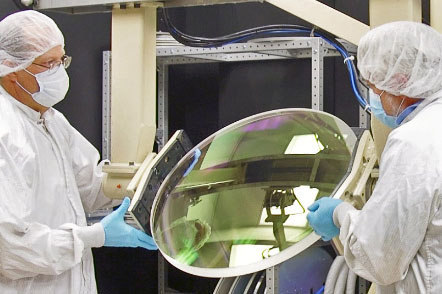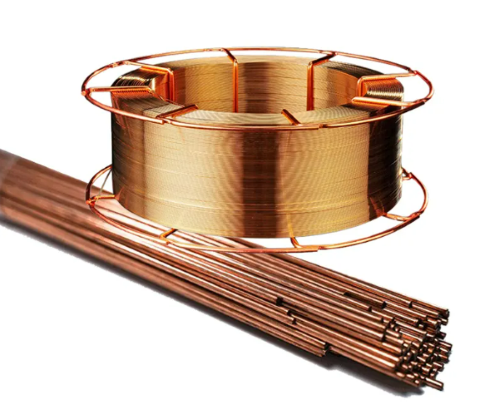List of Low Temperature Superconducting Material
Introduction
Low-temperature superconducting materials exhibit superconductivity below 30K, typically requiring cooling with liquid helium. These materials are essential in advanced technologies, such as high-energy physics, medical imaging, and nuclear fusion. The Critical Temperature (Tc) is the threshold below which a material becomes superconducting, and it plays a vital role in determining the practical applications of each material.
Metals
Niobium (Nb) – Critical Temperature (Tc): 9.3K
Niobium is the most commonly used low-temperature superconducting metal. It is often employed in thin films and solid solutions in the beta phase, making it valuable for weak electric components and superconducting magnets. Its high Tc of 9.3K makes it practical in fields requiring low electrical resistance and strong magnetic fields.
Alloys
NbTi (Niobium-Titanium) – Critical Temperature (Tc): 9.2K
NbTi is the most widely used superconducting alloy, making up around 95% of low-temperature superconducting materials. It combines strong superconducting properties with good mechanical performance, making it ideal for:
- High-energy physics accelerators
- Magnetic resonance imaging (MRI) machines
- Plasma magnetic confinement devices
NbZr (Niobium-Zirconium) – Critical Temperature (Tc): 11K
NbZr was one of the first superconducting alloys developed, although it has largely been replaced by NbTi. Its use is still significant in certain industrial processes requiring moderate temperatures and specific mechanical properties.

Compounds
NbN (Niobium Nitride) – Critical Temperature (Tc): 16K
NbN is known for its stability and is typically used in thin films. It performs well in weak electric components and high-field magnetic systems, making it a preferred choice for applications that require long-term reliability.
Nb₃Sn (Niobium-Tin) – Critical Temperature (Tc): 18.1K
Despite its brittleness, Nb₃Sn is one of the most important compounds in high-field magnet applications. It is used in devices like nuclear fusion reactors and particle accelerators where strong magnetic fields are needed. Nb₃Sn can withstand intense magnetic forces, even though it can be challenging to process.
V₃Ga (Vanadium-Gallium) – Critical Temperature (Tc): 16.8K
V₃Ga is used in high-field magnets similar to Nb₃Sn. It has slightly different mechanical properties, which makes it suitable for specific technical applications. Like other compounds, it is favored for its ability to function well in strong magnetic fields.
Table.1 Low Temperature Superconducting Material
| Material | Critical Temperature (Tc) |
| NbTi (Niobium-Titanium) | 9.2K |
| Niobium (Nb) | 9.3K |
| NbZr (Niobium-Zirconium) | 11.0K |
| NbN (Niobium Nitride) | 16.0K |
| VGa (Vanadium-Gallium) | 16.8K |
| NbSn (Niobium-Tin) | 18.1K |
Applications of Low-Temperature Superconductors
Low-temperature superconductors play a vital role in various industries and scientific advancements. Their applications include:
- High-Energy Physics: Materials like NbTi are used in particle accelerators and plasma confinement devices for their ability to generate and maintain strong magnetic fields.
- Medical Imaging: NbTi superconductors are critical to MRI machines, where they help create the powerful magnetic fields needed for imaging internal body structures.
- Nuclear Fusion: Nb₃Sn is essential for producing high-field magnets in fusion reactors, supporting efforts in magnet-controlled nuclear fusion technology.

Conclusion
In the realm of low-temperature superconducting materials, the interplay of metals, alloys, and compounds has unlocked a myriad of applications across scientific, medical, and military domains. As we navigate the frigid landscapes of liquid helium, the quest for higher critical temperatures and more cost-effective operational methods propels the field forward. Stanford Advanced Materials remains at the forefront of these innovations, contributing to the evolution of low-temperature superconducting materials and their diverse applications.




